Successful VDSL2 G.vector Tests Pave Way for UK 100Mbps+ BT FTTC
The next generation of BT’s Fibre-to-the-Cabinet (FTTC) based superfast broadband technology, which will make use of the ITU-T’s new VDSL2 G.vector (G.993.5) specification, has completed its first interoperability testing and could soon be bringing affordable speeds of close to 200Mbps into UK homes.
The current FTTC solution delivers a fast fibre optic cable into BTOpenreach’s street level cabinets, while the “last mile” connection into homes is done by using VDSL2 technology over your existing copper telephone line (similar to ADSL2+ broadband but faster over the shorter distances to your local cabinet).
At present this method uses a spectrum allocation of 17MHz (Profile 17a), which is part of the operators Access Network Frequency Plan (ANFP), to deliver a maximum internet download speed of up to 80Mbps (20Mbps uploads).
A further speed boost is also likely to surface in 2013 when BT is widely expected to increase its spectrum allocation to 30MHz (Profile 30a), which could result in headline speeds of above 100Mbps (BT hinted to ISPreview.co.uk last year that 120Mbps was a possibility). So far none of these profile upgrades have required a significant new investment and all have been relatively easy to do.
But the operator is also preparing for the introduction of the ITU-T’s new vectoring upgrade for VDSL2, which is designed as a crosstalk-cancellation technology that removes much of the noise (interference) created when lots of copper cables are closely bundled together (similar to the noise cancellation used by some headphones) and thus allows for higher speeds over even longer lines. Now a variety of chipset companies have just completed the first G.993.5 interoperability testing at the University of New Hampshire InterOperability Laboratory (UNH-IOL).
Kevin Foster, Head of BT’s UK Access Platform Evolution, said:
“This was the first event in a very important journey and we are looking forward to continued progress as the innovative technology is implemented and scaled for deployment. Interoperability has always been a key component of successful large-scale deployment of DSL, and we are looking to the Broadband Forum and UNH-IOL labs to lead these testing efforts to allow Operators to achieve smooth introduction of DSL innovations such as Vectoring.”
A batch of similar “plugfests” are expected to be conducted by the Broadband Forum over the coming months, with the next due to take place in November 2012. These events will be used to help test out the technology, which when combined with Profile 30a and line bonding could potentially boost the top speed of FTTC from 80Mbps to 200Mbps or more.
Vectoring would sadly carry some additional cost because it’s more than a simple upgrade. On top of that it’s difficult to know how much of an improvement it will deliver in the wild, which is one reason why BT is initially more likely to offer modest (cautious) speed upgrades of 100-120Mbps instead of closer to 200Mbps.
In the meantime those who want a true fibre optic (FTTP) connection, which could eventually deliver speeds of up to 1000Mbps (1Gbps), will be given the option next spring 2013 when BT launches FTTP-On-Demand. But you’ll need very deep pockets to afford the installation fee.
This video from Technicolor explains VDSL2 G.vector in a more visual way.
Mark is a professional technology writer, IT consultant and computer engineer from Dorset (England), he also founded ISPreview in 1999 and enjoys analysing the latest telecoms and broadband developments. Find me on X (Twitter), Mastodon, Facebook and Linkedin.
« UK BT Broadband ISP Customers Hit by Cable Theft and USA Peering Woes
Latest UK ISP News
- FTTP (5525)
- BT (3518)
- Politics (2541)
- Openreach (2298)
- Business (2264)
- Building Digital UK (2246)
- FTTC (2044)
- Mobile Broadband (1975)
- Statistics (1789)
- 4G (1666)
- Virgin Media (1621)
- Ofcom Regulation (1463)
- Fibre Optic (1395)
- Wireless Internet (1390)
- FTTH (1382)







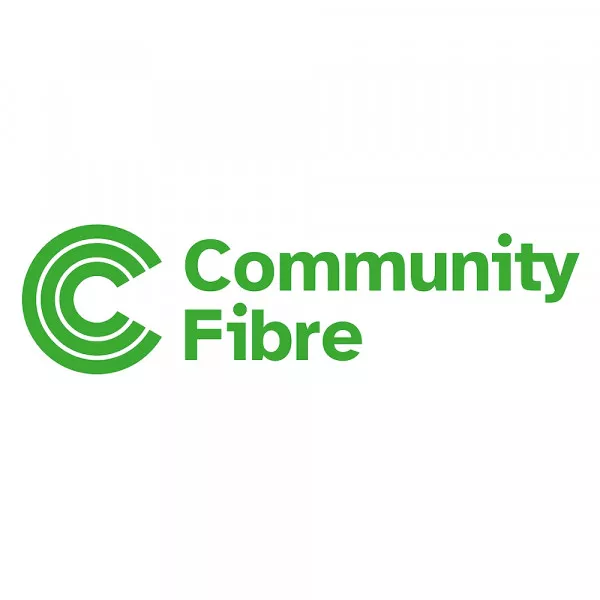
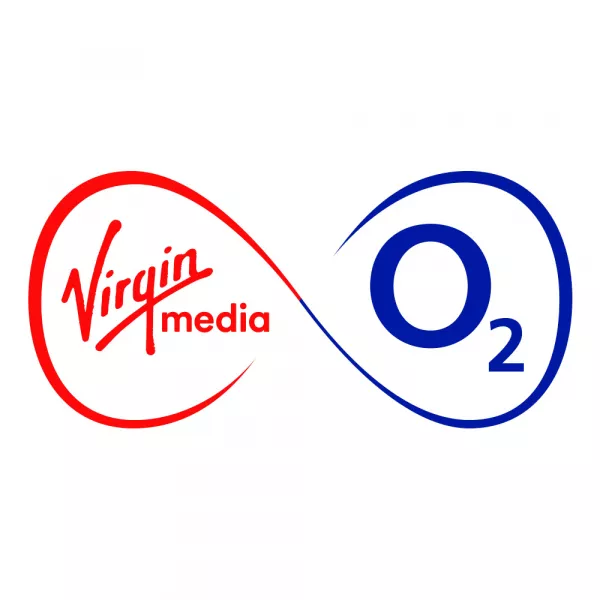
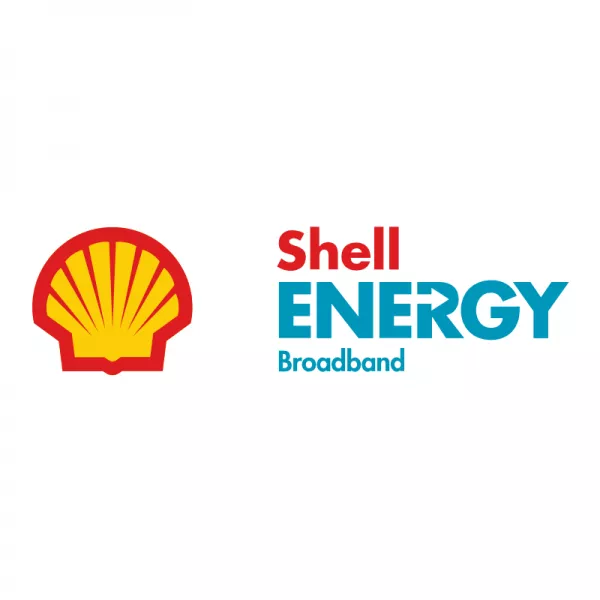

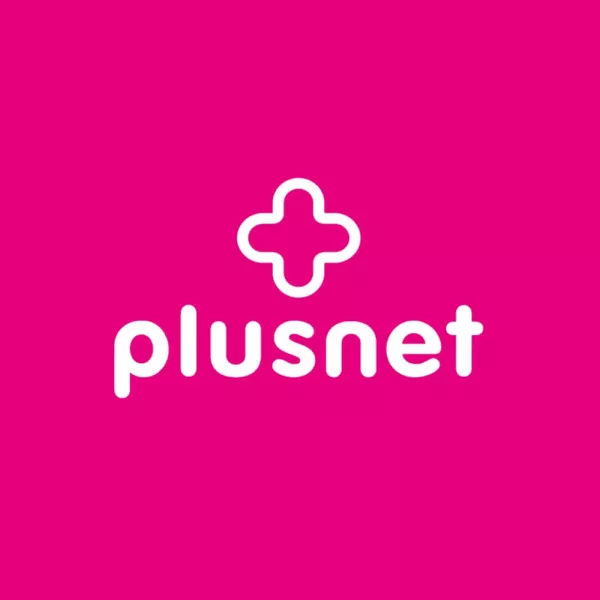
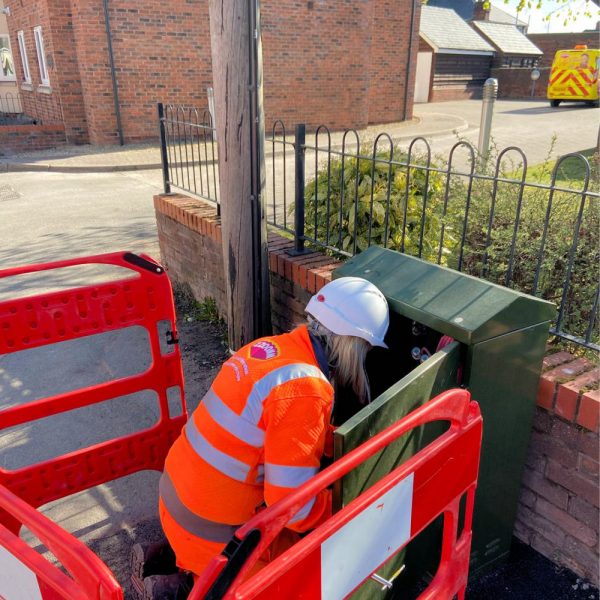

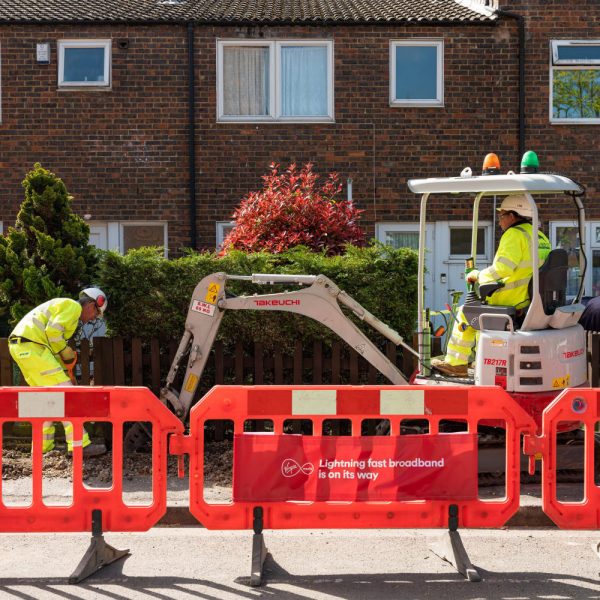
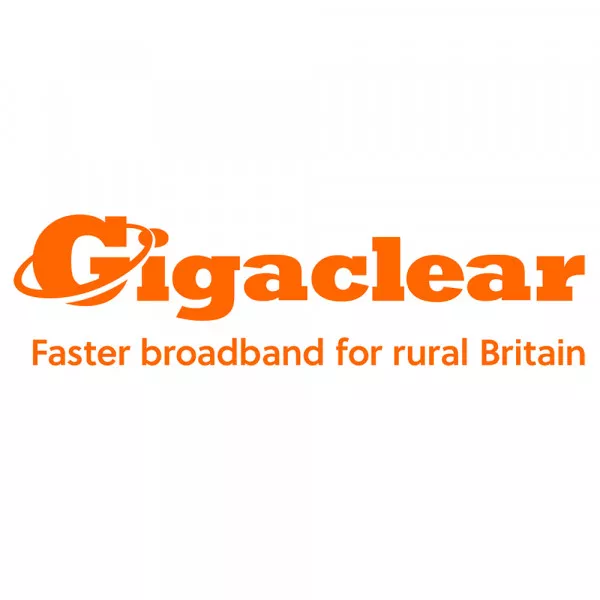

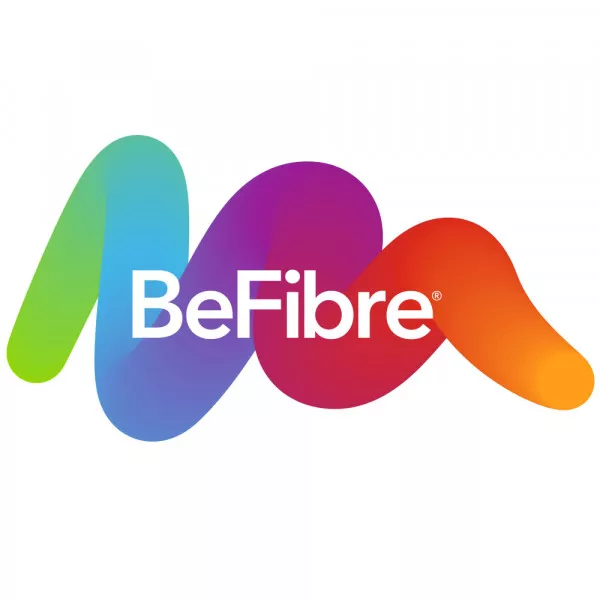




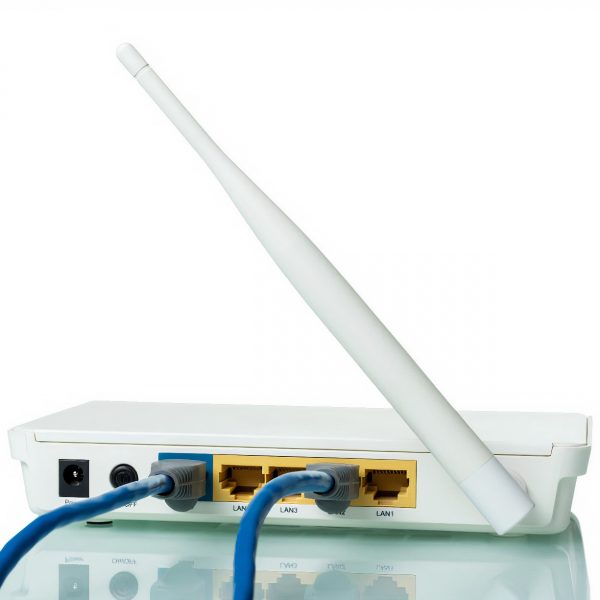
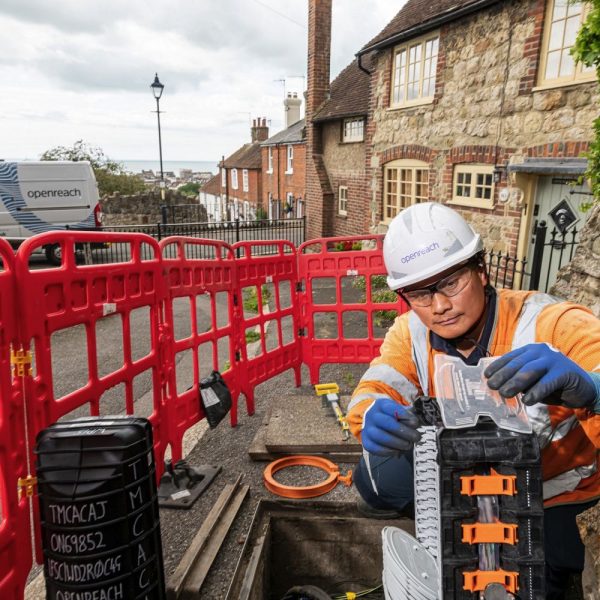

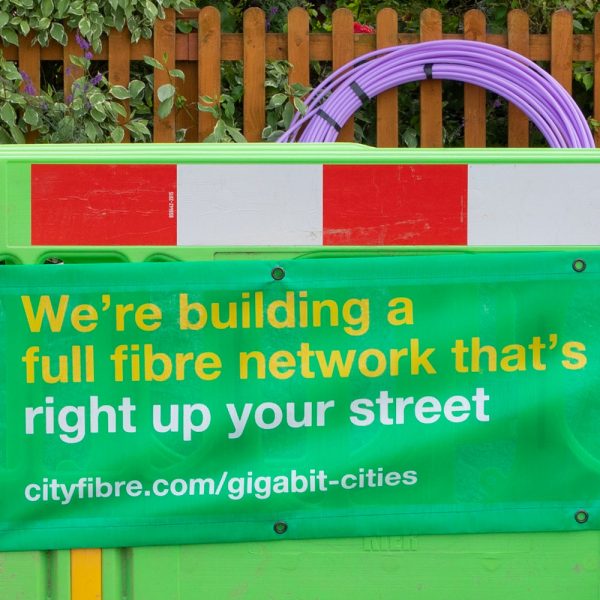
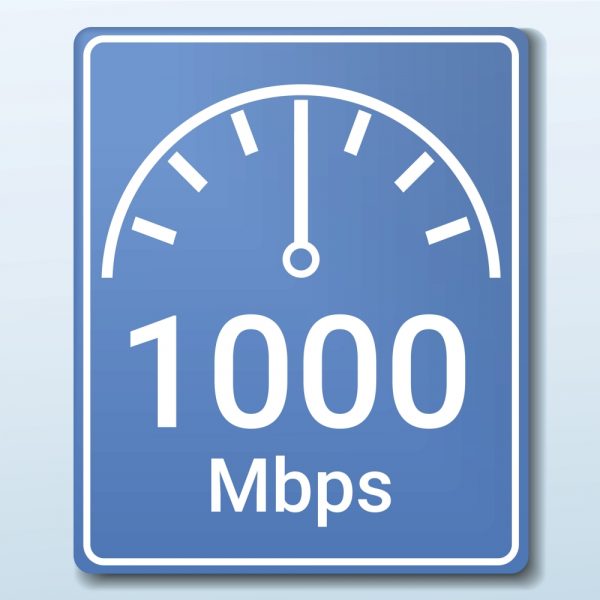
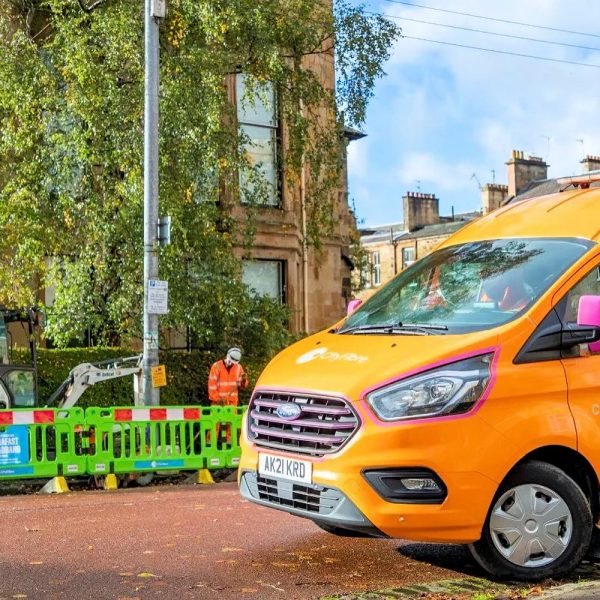


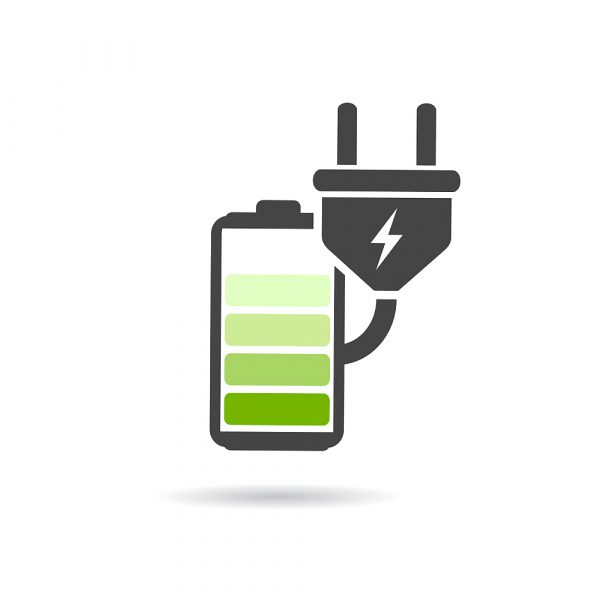
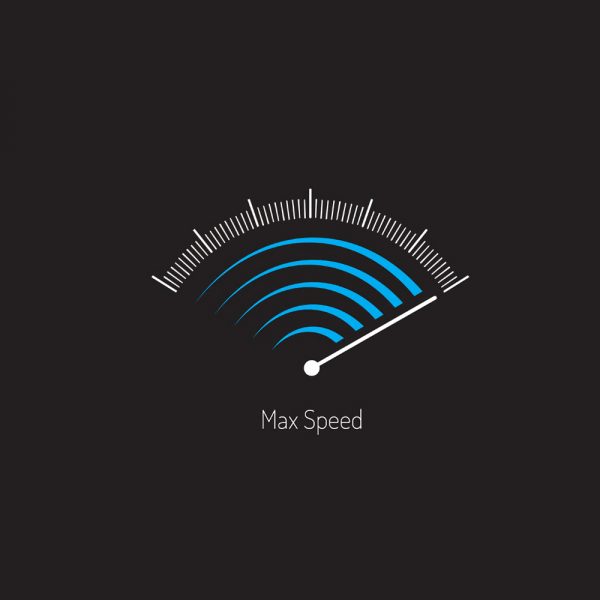





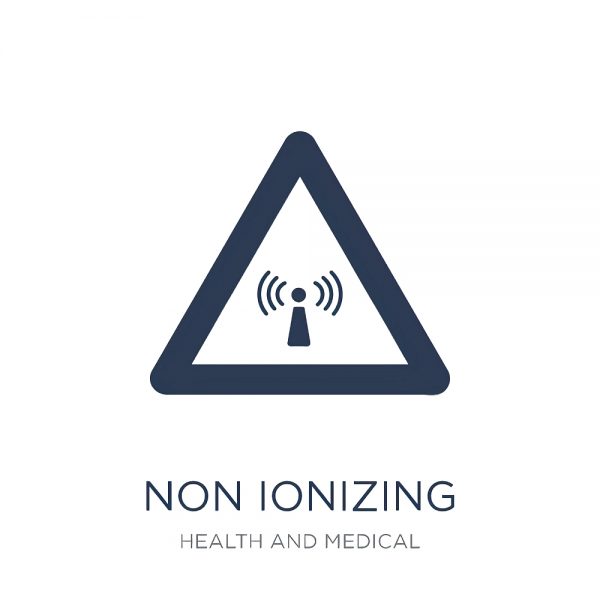









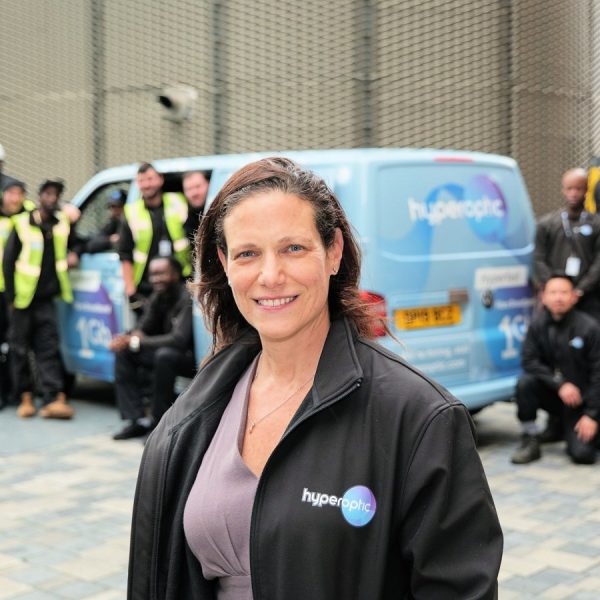
Comments are closed